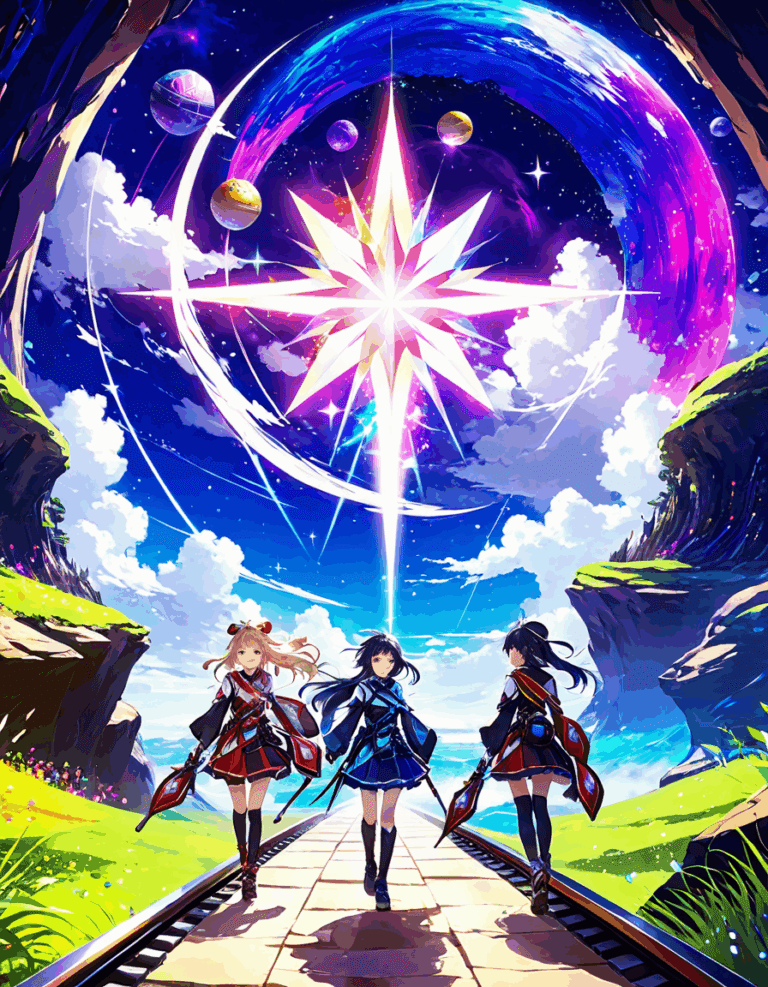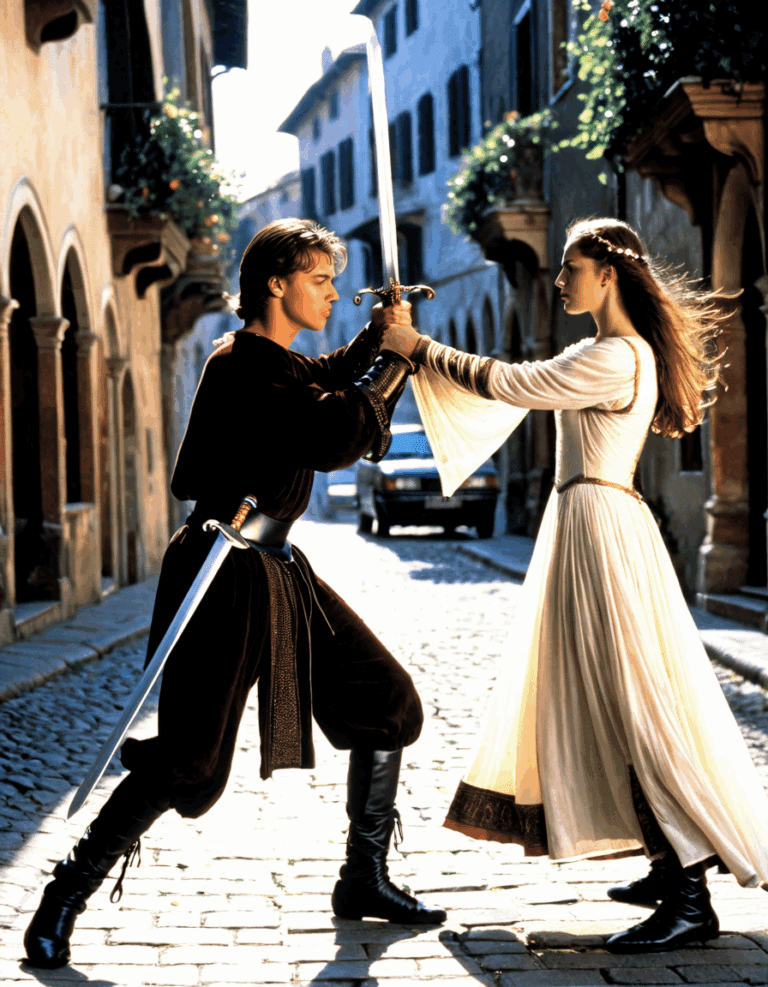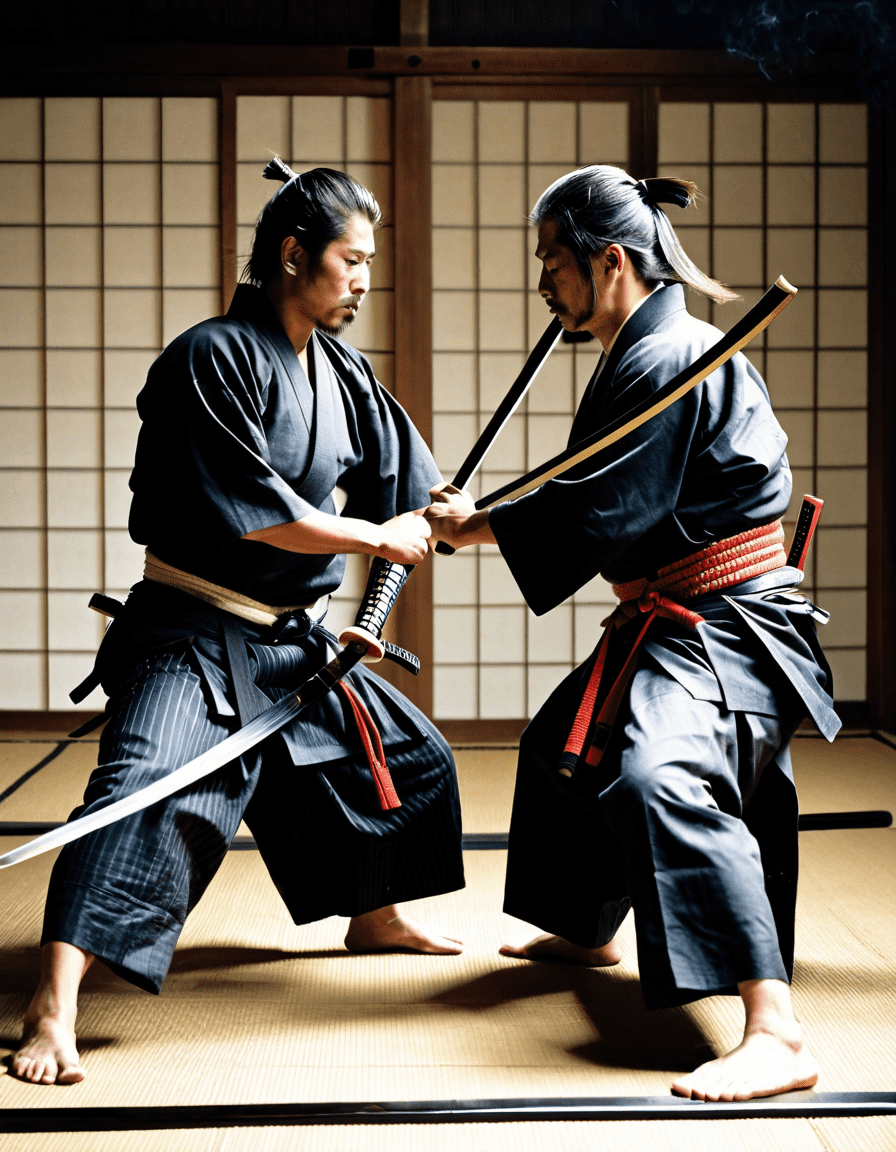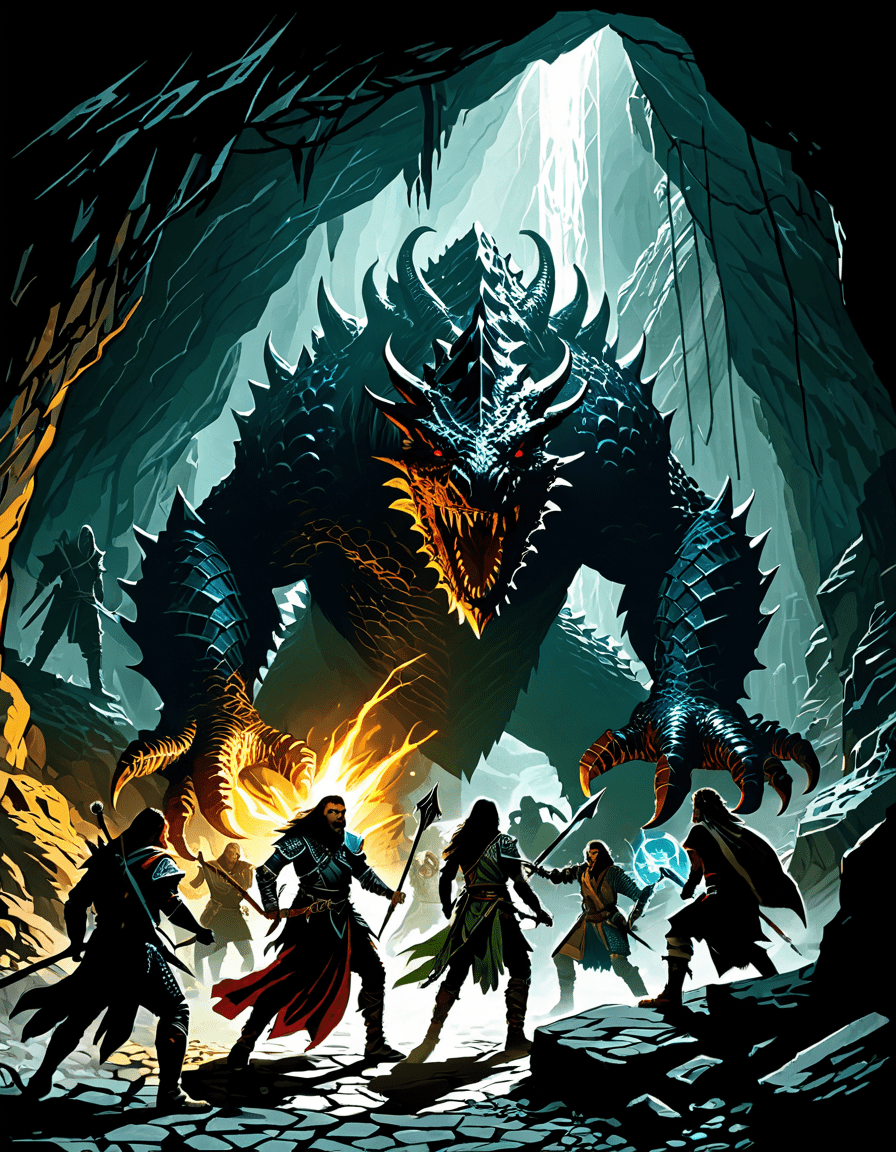Seppuku, an ancient ritual suicide by disembowelment, has deep roots in Japanese history. Initially practiced by samurai, this act represented a pathway to restore honor after personal or familial disgrace. In a society where shame was a mark of failure, seppuku became a symbol of integrity, defining the very essence of the samurai spirit. Let’s dive deeply into the historical significance, modern cultural influences, psychological aspects, and artistic representations of this fierce legacy.

Understanding Seppuku: Historical Significance and Ritualistic Context
Seppuku isn’t just about taking one’s life; it’s about honor. The code of the samurai, known as bushido, upheld values like courage, loyalty, and honor above all. When a samurai faced disgrace, seppuku became a means to reclaim their honor and dignity. Historically, samurai underwent this process not only for themselves but also for their clans, embodying a collective sense of pride and responsibility.
The ritual of seppuku was rich with ceremonial elements, often involving a trusted second who would assist in completing the act. The samurai would don white robes, symbolizing purity, and compose a death poem, capturing his thoughts for eternity. This act wasn’t seen as cowardice; instead, it represented the ultimate acceptance of one’s failure and an endeavor to face death with grace.
Additionally, seppuku reflected societal values during Japan’s feudal period. Honor wasn’t just personal; it was tied to family legacy, ancestral pride, and social standing. In many ways, seppuku was also a comment on the extreme expectations placed upon samurai, revealing both the emotional and psychological pressures inherent in a society that demanded perfection.
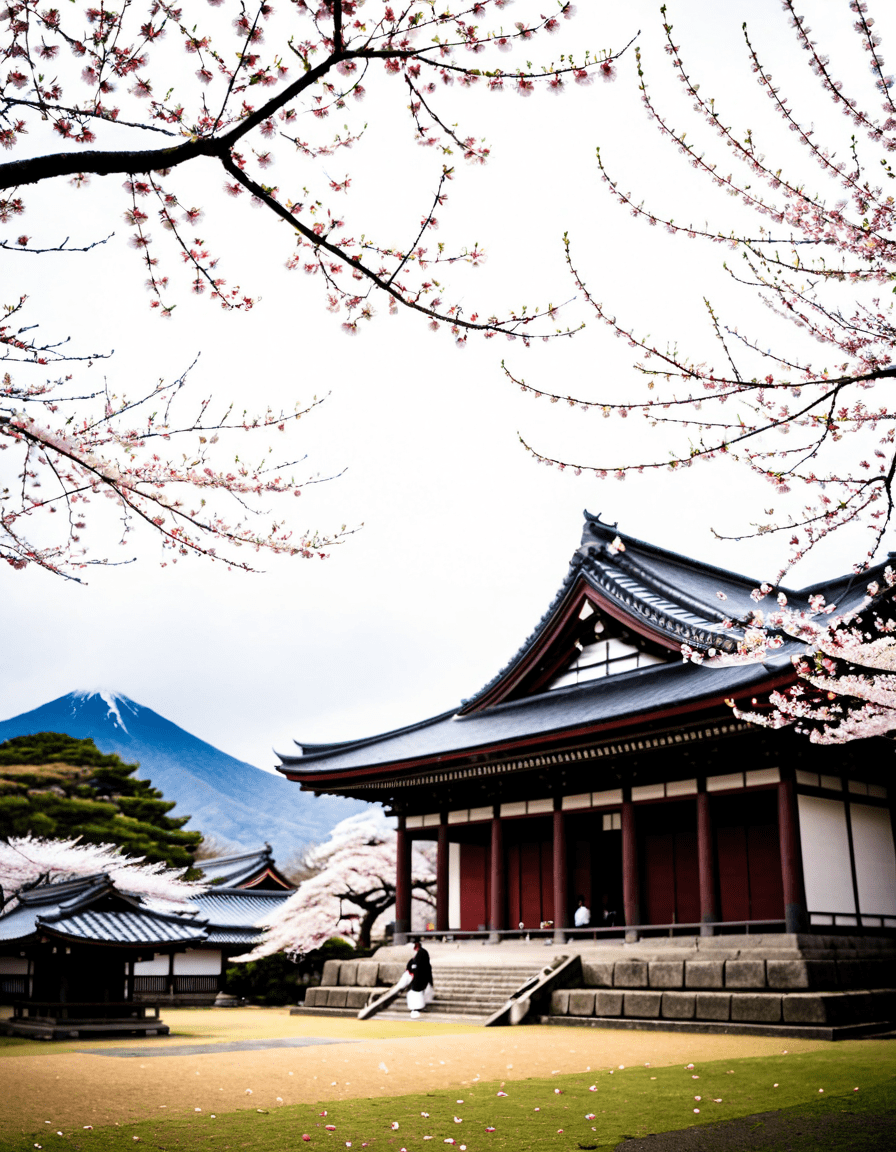
Top 5 Influences of Seppuku in Modern Culture: From Anime to Literature
Neil Gaiman, a master storyteller, weaves thematic threads of honor and sacrifice reminiscent of seppuku in his works like American Gods. His narratives reflect that personal choices come with steep consequences, paralleling the samurai’s struggle for honor and integrity.
The anime genre brings seppuku to life in gripping ways. Shows like Samurai Champloo and Berserk feature characters who confront both external enemies and their own moral dilemmas. The portrayal of these struggles resonates with the weight of samurai honor, showcasing how contemporary storytelling echoes ancient practices.
Look to the band Slipknot, whose lyrics often delve into despair and identity struggles. Their song “Psychosocial” channels themes of personal sacrifice, echoing the moral battles faced by samurai. The intensity of their music mirrors the emotional turmoil tied to the concept of seppuku.
The chaos symbolized by gremlins contrasts starkly with the structure of honor inherent in seppuku. This tension highlights the universal conflict between disruptive desires and the quest for integrity. Modern storytelling often portrays this clash, emphasizing how the battle for personal honor remains timeless.
The video game Ghost of Tsushima immerses players in the moral complexities of being a samurai in feudal Japan. Through its narrative, the game explores the implications of choices relating to both honor and dishonor, encouraging players to reflect on their definitions of integrity, much like the samurai faced in moments of darkness.
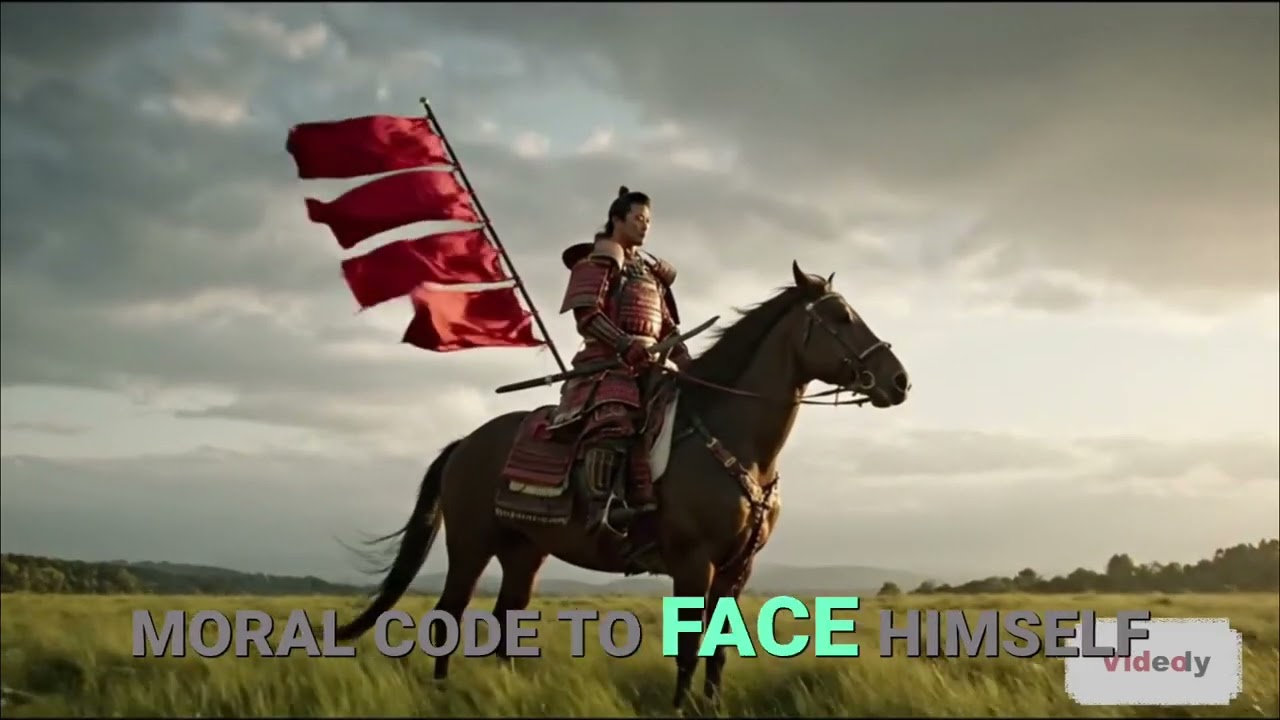
The Psychology Behind Seppuku: Honor vs. Dishonor
The psychology of seppuku reveals a complex interplay between cultural identity and mental state. Samurai viewed honor as essential to their identities. When they faced failure, the mental burden became overwhelming. Historical texts reveal that many samurai believed death was less shameful than living with dishonor.
Observing modern mental health conversations, we find parallels in how society discusses failure and success. Samurai’s justified actions offer insights into our contemporary struggles with integrity. Just as samurai battled external and internal demons, many today grapple with the expectations of success — a relentless pursuit often leading to feelings of inadequacy.
Understanding seppuku’s psychological ramifications invites a dialogue about mental health. It pushes us to think critically about how we equate success and honor today. Considering this legacy, we may find new ways to address personal and collective struggles in our lives.
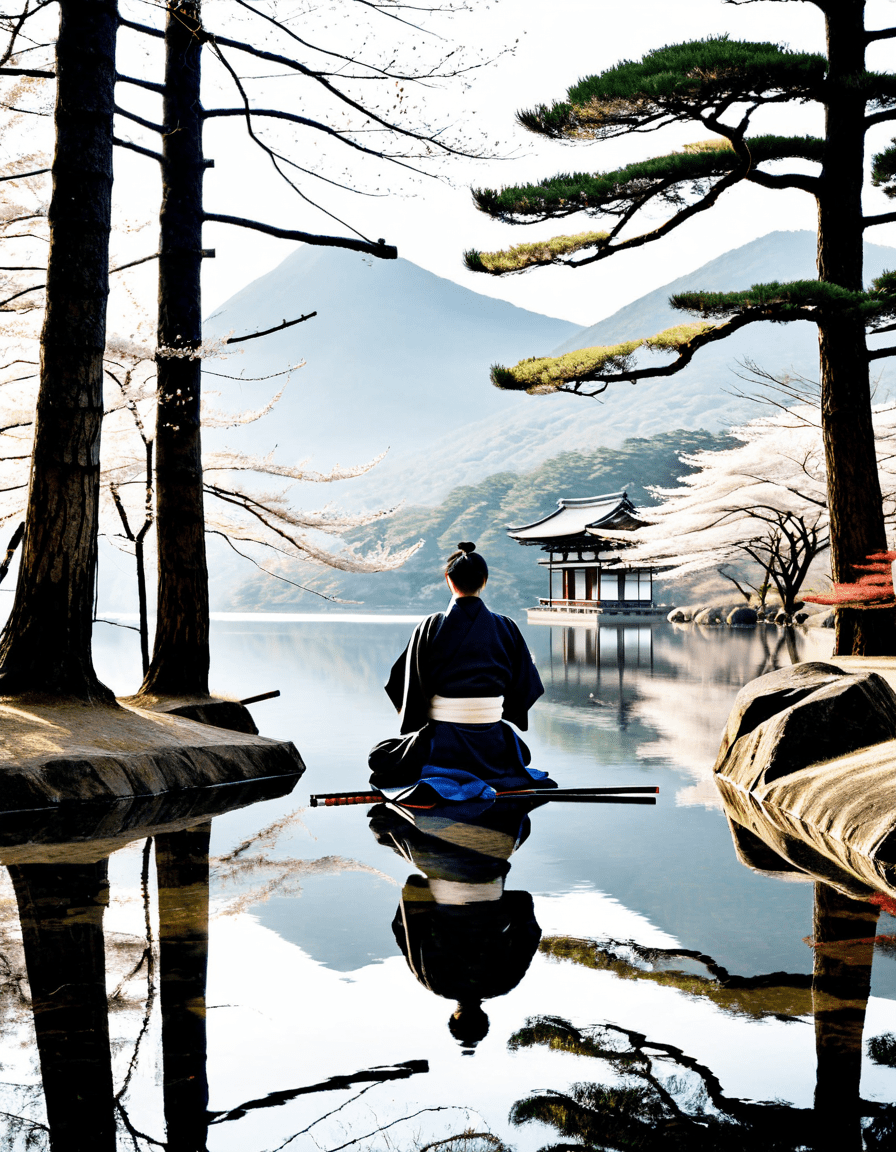
The Artistic Canon of Seppuku: Literature, Cinema, and Beyond
Seppuku has influenced countless artistic works, deeply embedding itself in literature and cinema. For example, in The Tale of the Heike, readers encounter poignant accounts of warriors facing heart-wrenching decisions. These narratives vividly illustrate the emotional weight behind such actions, framing seppuku as both a courageous and tragic path.
Filmmakers like Akira Kurosawa have also explored this topic. In his iconic film Seppuku, the director delves into the emotional and ethical gravity surrounding the act. The tension portrayed in the film provides profound commentary on the pressures surrounding honor while showcasing the deeply ingrained cultural narratives associated with seppuku.
These works highlight not only the historical significance of seppuku but also the pressures that drove individuals to such drastic measures. They evoke the timeless struggle between personal integrity and societal expectations, resonating powerfully with today’s audience.
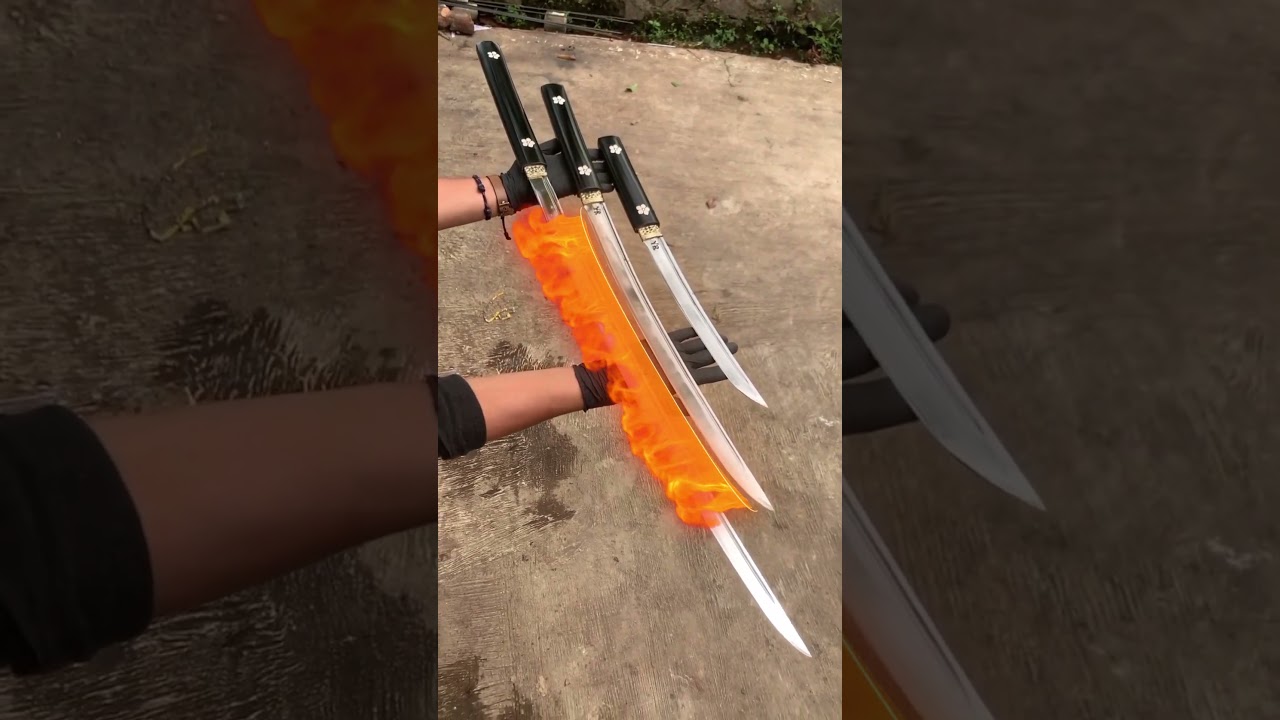
The Global Perspective: Comparing Honor Codes Across Cultures
Examining practices akin to seppuku broadens our understanding of honor across various cultures. In Native American traditions, self-sacrifice symbolizes bravery and honor in battle. Similarly, chivalry in Western knighthood emphasizes loyalty and valor, reflecting how cultures have long grappled with the concept of honor.
These diverse practices reveal shared themes of sacrifice and redemption. In every culture, individuals have faced the daunting reality of living up to expectations tied to honor, often leading to extreme choices. This comparative analysis serves as a reminder that, regardless of cultural background, the quest for honor transcends boundaries.
Ultimately, the exploration of such traditions fosters a conversation about modern honor and the lengths we will go to protect it. This dialogue is vital as we navigate today’s complex societal values.
Honorable Legacies in a Modern World
As we move forward into an era where traditional honor codes are increasingly questioned, the legacy of seppuku becomes even more significant. In a rapidly changing society, we face pressures of performance and the struggle for success. The lessons from the samurai encourage a reevaluation of what it means to uphold honor in today’s world.
This topic resonates with current mental health discussions. Just as samurai faced overwhelming expectations, many today are consumed by the relentless race for achievements. By acknowledging these pressures, we can foster healthier conversations about integrity, failure, and redemption.
Navigating personal and societal honor challenges us to become more aware of our values. The study of seppuku provides a platform for examining how honor influences our lives and decisions. In 2026 and beyond, understanding this fierce legacy may pave the way for modern interpretations that align with contemporary ideals.
In conclusion, seppuku transcends its historical confines, leaving a profound impact on culture and psychology. It’s a reminder that the quest for honor, though steeped in pain and sacrifice, continues to shape our understanding of identity and integrity, urging us all to strive for a life well-lived.
Seppuku: Honoring the Fierce Legacy of Japanese Honor
The Roots of Seppuku
Seppuku, the ritual of samurai suicide, isn’t just about the act itself; it’s a deep expression of honor and loyalty in Japanese culture. First practiced in the 12th century, seppuku was often carried out to restore honor after a disgrace. Surprising as it sounds, this act was sometimes viewed as a path to redemption, much like the theme of self-sacrifice seen in characters like Esdeath from Akame ga Kill who also stood for fierce loyalty and an unwavering code. The samurai’s commitment to such practices speaks to how they executed acts Of service that kept their honor intact, a principle deeply woven into everyday life.
The Ritual’s Intricacies
Performing seppuku involved elaborate rituals, which added layers of significance to this intense act. A samurai typically would don a white kimono, signifying purity, and sometimes, a companion, known as a kaishakunin, would be present to assist with the act. This ritual’s solemnity stands in stark contrast to the vibrant pop culture we see today, yet it still resonates in various forms. You might even see echoes of this theme in movies currently out in theaters, where characters grapple with their values in high-stakes scenarios. Just imagine those chilling moments when characters commit sacrifices, similar to the sacrifices in seppuku, all while the best dance Songs Of all time play in the background!
Modern Reflections
Even after centuries, seppuku’s legacy continues to influence modern society. Take, for example, contemporary discussions around honor and sacrifice. Films featuring iconic figures like Angelina Jolie often portray characters who embody such ethics. Plus, you’ll find references to loyalty and duty across various mediums, echoing the samurai spirit of yesteryears. Beyond that, there’s a pop culture twist in places like East Malling, where you might encounter artworks depicting this intense cultural phenomenon, drawing parallels to how we view honor today.
As the world spins, and influences shift, seppuku remains a fierce legacy that teaches us about sacrifice and the importance of upholding one’s principles. So, the next time you dive into a storyline where characters face moral dilemmas, remember the rich traditions of honor connected to seppuku and the dates that shaped its path.




